Designing Enterprise software for
Product Life Cycle Management
PLM software enhances workflow efficiency in manufacturing firms by seamlessly managing the entire product life cycle, from design to maintenance. It boosts productivity and enables the delivery of high-quality products in a competitive market.
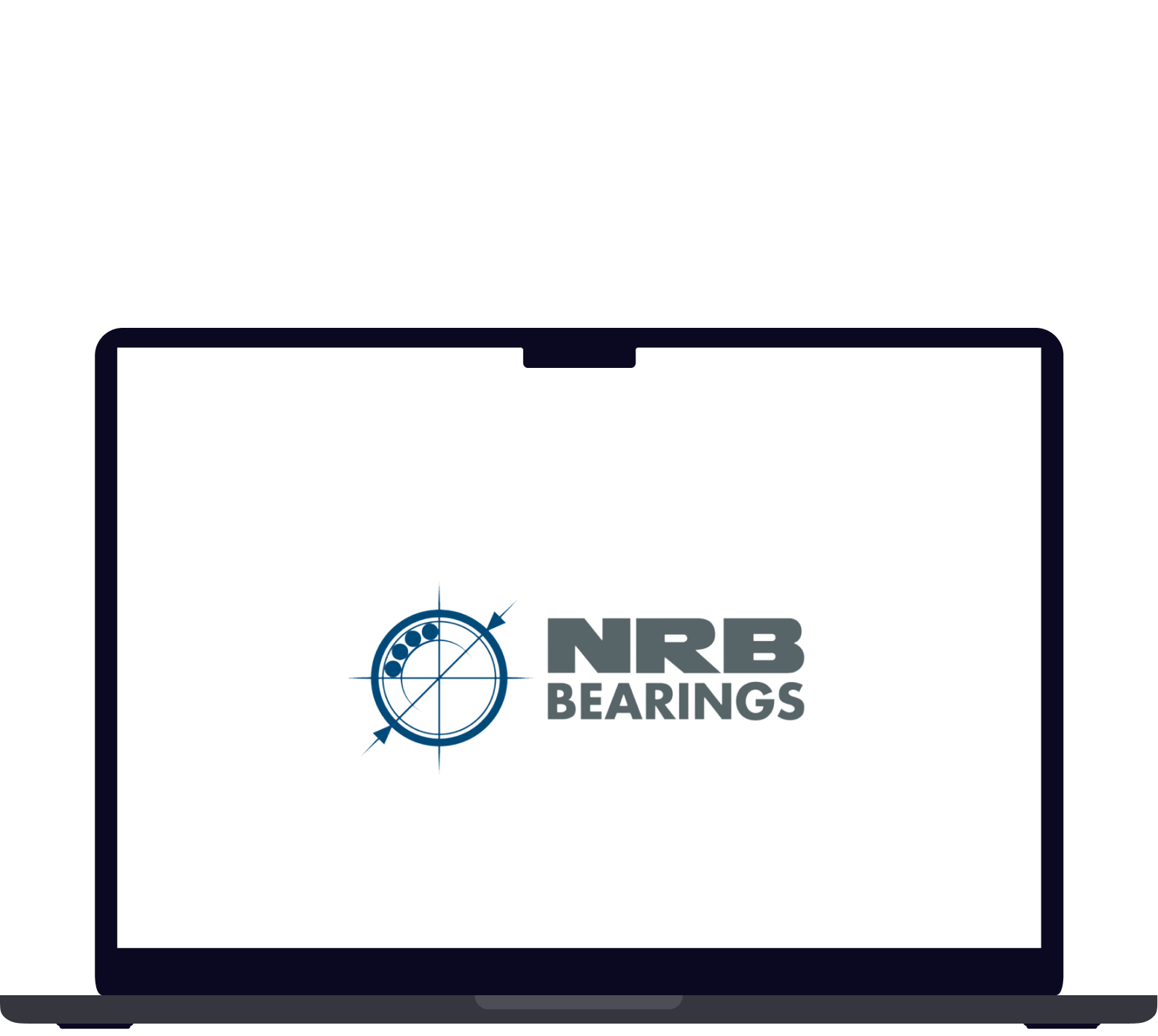
 Disclaimer : This case study does not include any screens or data from internal company systems.
Disclaimer : This case study does not include any screens or data from internal company systems.
Client
NRB Bearings
Time frame
2019 - 2021
Role
Product Designer
Tools
Visio, Adobe Illustrator, Excel
Background
NRB Bearings is a leading automotive bearing manufacturer that operates in a highly competitive industry. As the company grew, it became clear that managing its product lifecycle manually was no longer a viable option. The company needed to develop a comprehensive PLM software solution to streamline its processes and improve efficiency.
Team
A cross-functional team consisting of one member from each section of the organization (marketing, engineering, manufacturing, and quality) was formed to implement PLM software tailored to the organization's needs.
My Role
As part of the cross-functional team developing this new PLM software solution, I was responsible for developing a shared language for the problem space, defining user task flows and design requirements, designing the information architecture, creating hi-fi mockups.
Process

Research
Understanding the challenge
To create an effective solution, I led the team to conduct user research and utilize design thinking methodologies to understand the problem space.

The process was non-linear and involving multiple iterations of going back and forth. As a team, we conducted over 30 interviews to gather sufficient data to comprehend and define the problem effectively.
Define
Aligning design efforts with business goals
While we were able to uncover a variety of user issues, we wanted to ensure that the design efforts were focused on adding value to the business. To address this, we assigned a severity rating on a scale of 1-5 to each issue, enabling us to prioritize all the valuable research data into design requirements.

Defining user roles
In the beginning, we assumed that the PLM would be consistent within each organization. But going through the insights, I aligned my stakeholders to understand that the requirements at different levels of the organization are different and creating one consistent software for the entire organization would negatively affect usability.
Hence, I organized the insights into various user personas base on different roles and levels across the organization.
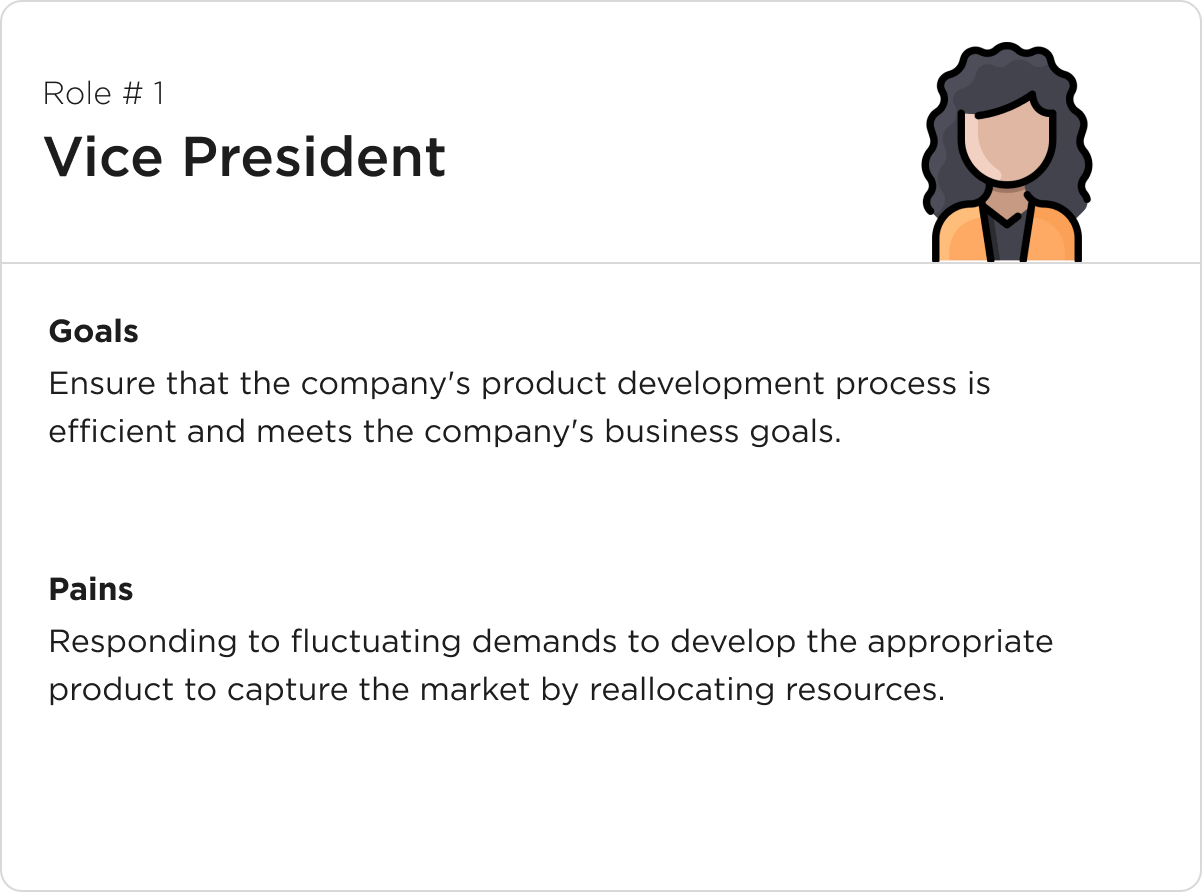
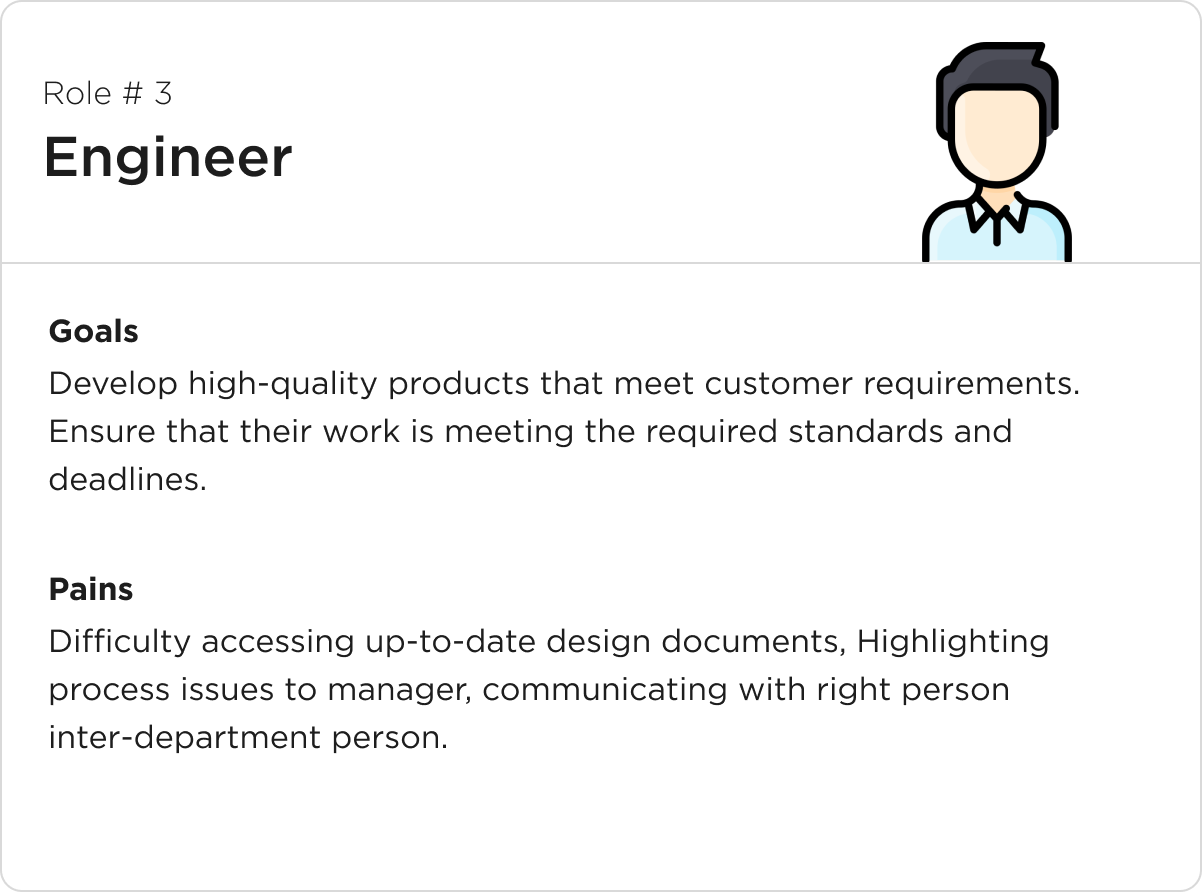
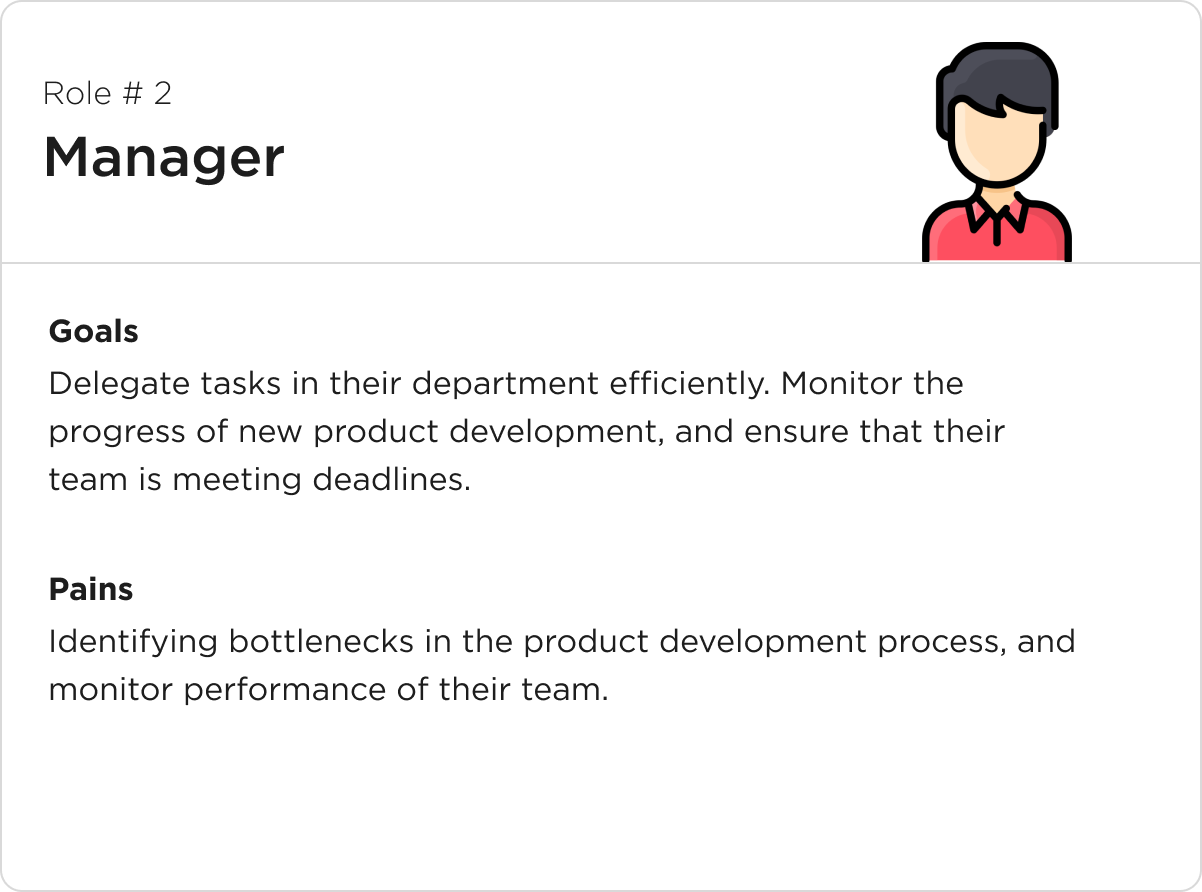
Design : Information Architechture
Structuring the flow of information
I documented task flows and defined required features but when presenting to my stakeholders, I soon realized I had only designed for the ideal state.

I learnt that in reality, a customer quote document in its life time, travels across departments creating chaos.

To contain this inter-department chaos I worked with my team to create gates of approval and scaled it across the organization with the help of their domain expertise.
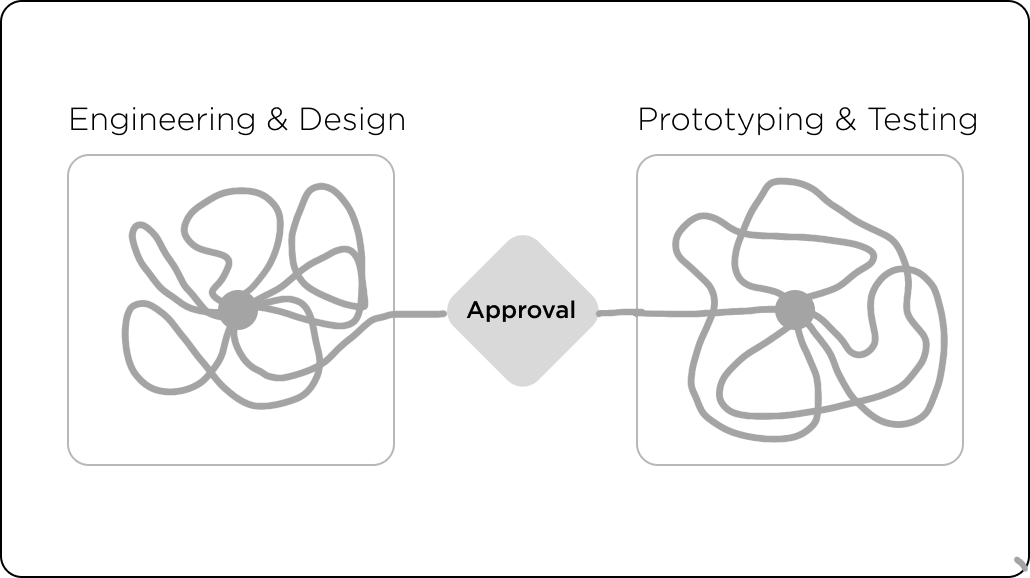

Design : Wireframing
Foundational layout of the product
To tailor the product to the needs and goals of the 3 personas identified above, I developed 3 distinct dashboards. These features were based on the pain points and objectives that we as a team had identified in my earlier steps.
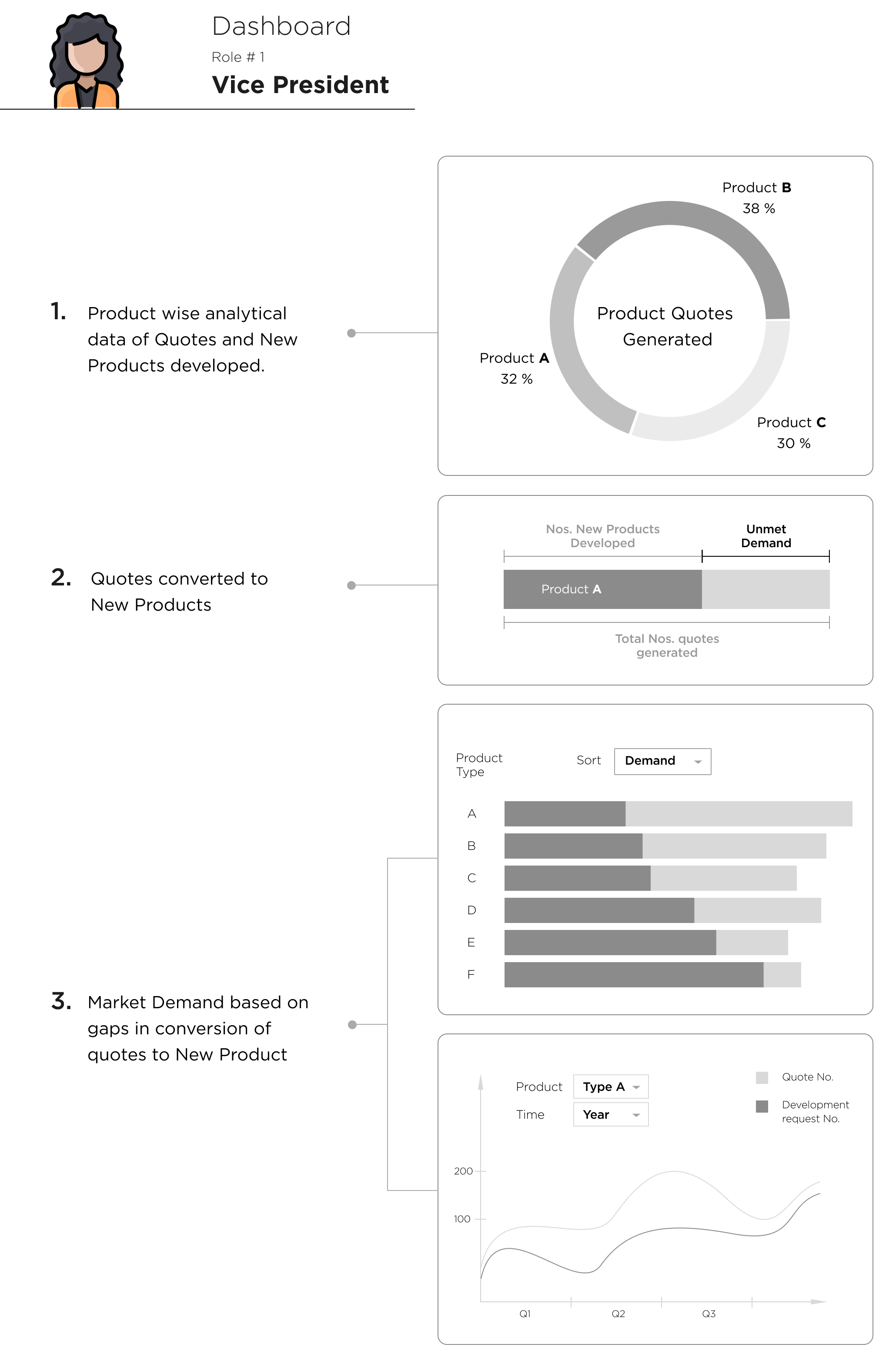
Design : Hi-Fi Prototype and implementation
Bringing the product to life
To complete my final deliverable of generating a Hi-Fi mock-up, I started with understanding the company’s brand and accessibility guidelines. I tried and tested various visual hierarchies to ensure the basic layout of the product is preserved. These designs were then shipped to the third-party vendor who customized our third-party enterprise software to comply with my design and vision.
I collaborated with the enterprise tools development team to align on design decisions and user functionality. We agreed on custom components and prioritized workflows, while considering technical constraints. To manage our timeline, we identified alternate solutions for complex flows. This experience pushed me to be more creative within constraints and better package my design deliverables.
Testing
User testing and iteration
At first, while testing the beta version, we did not encounter significant issues as we were testing for ideal cases and dummy tasks.
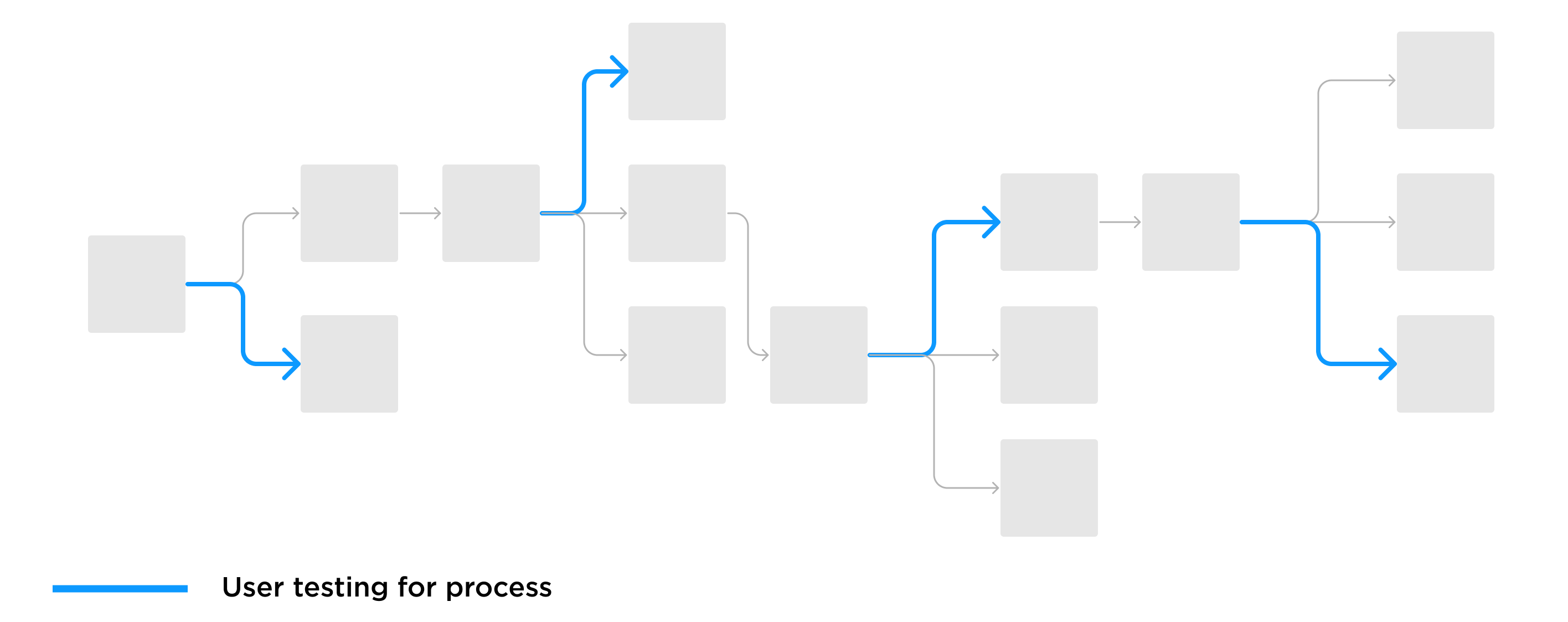
So we decided to test by implementing it for an entire task flow across the organization identified and resolved some design issues few of which are listed below.
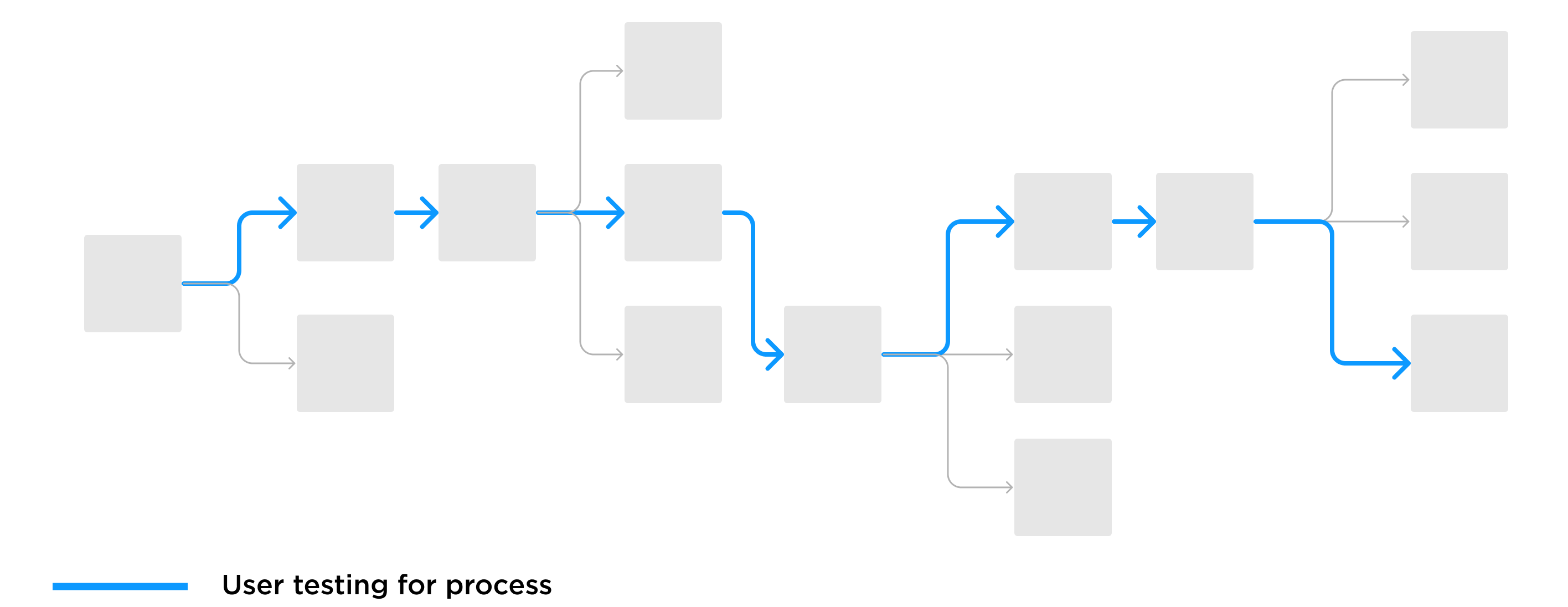
Issue #1
Users had difficulty understanding where the document would go next based on their completed actions.
Solution
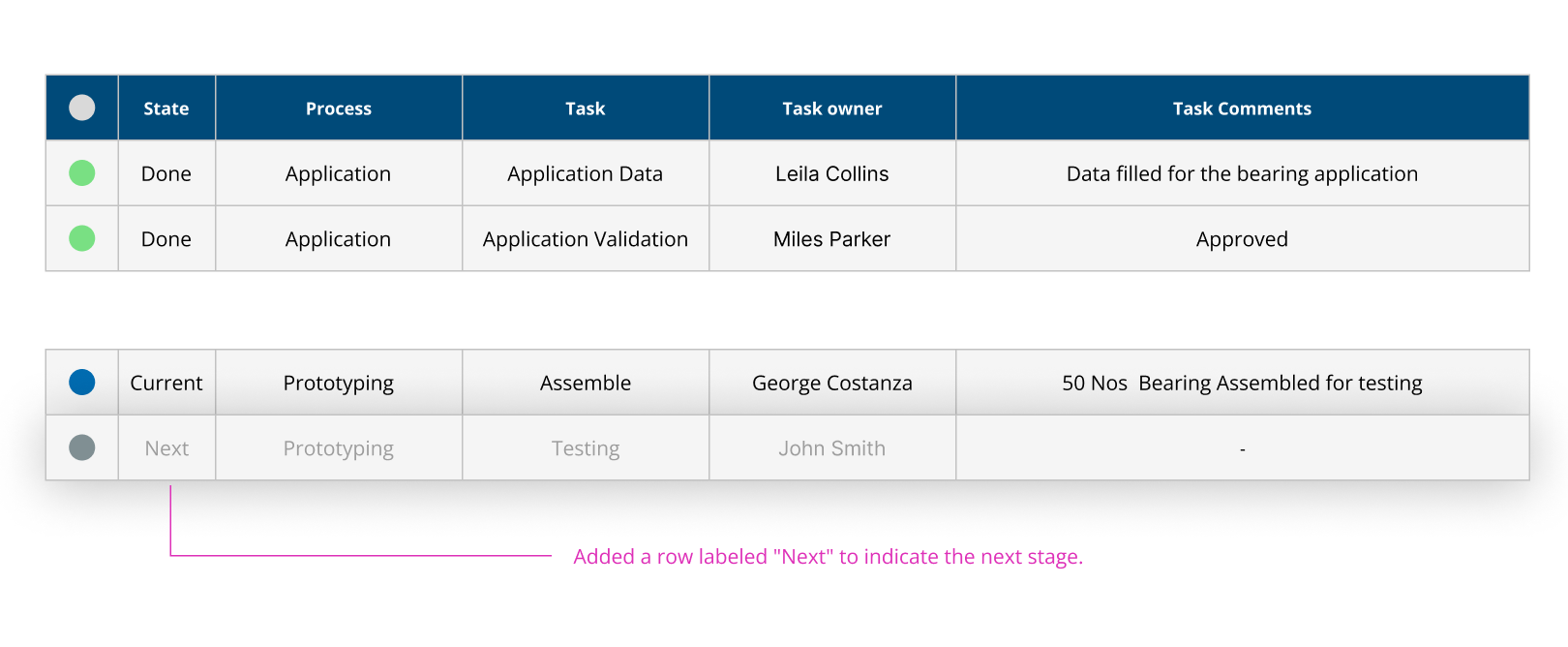
Issue #2
Understanding priorities at the Engineer role level when dealing with multiple tasks.
Solution
Although the issue we were facing was at the Engineer Role level, it could only be solved at the manager level, as they have a holistic view of the process and business priorities.
We had two ideas for a solution:
1. Three priority levels which the manager can set when assigning issues, or
2. Assigning a single high-priority level for a task.
Based on a poll with managers regarding the two options, we decided to move in the direction of having a single high-priority option assigned to a task.
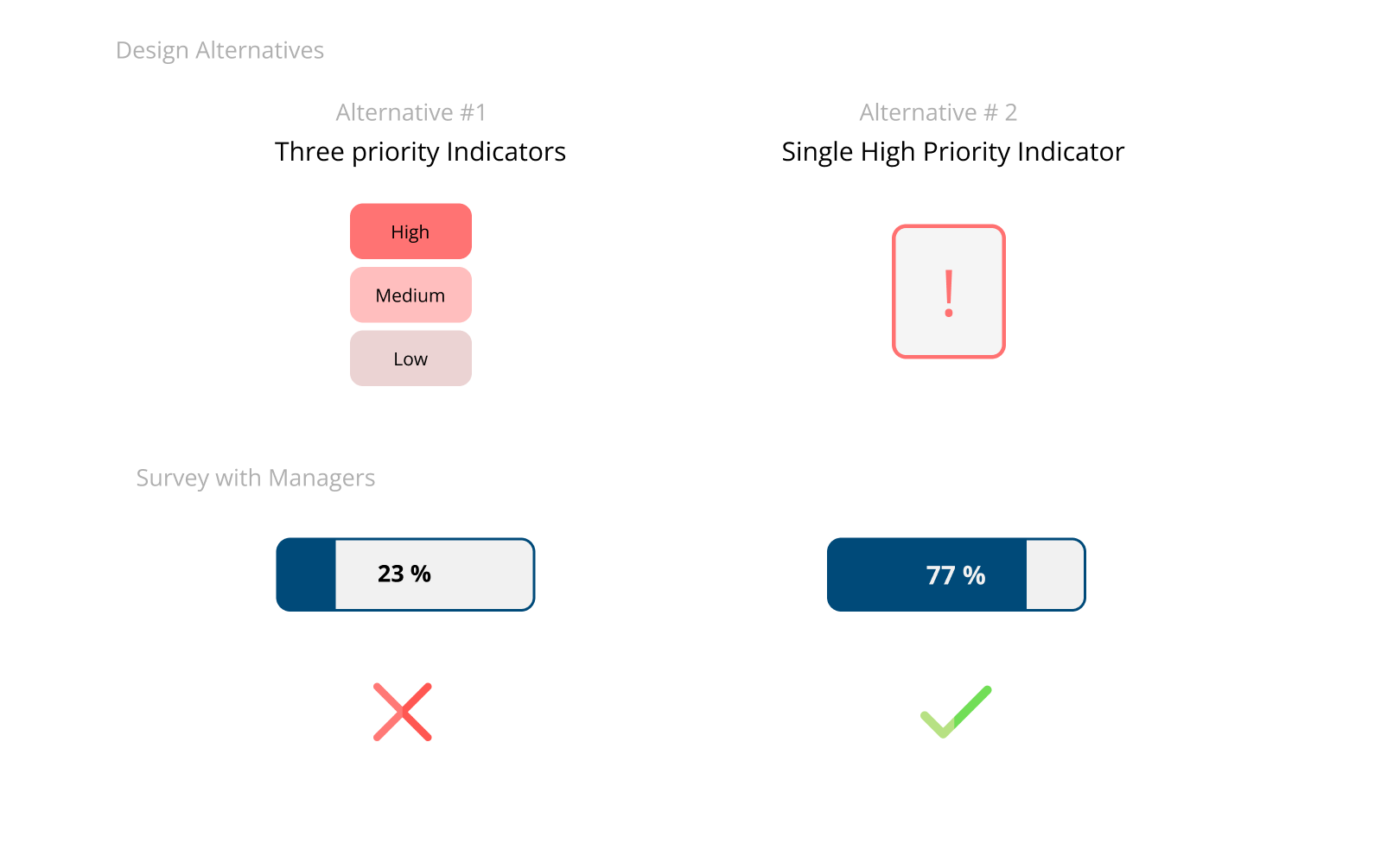
Issue #3
Outdated quote requests in the system were creating a bottleneck and obscuring the actual bottleneck, making it difficult for managers to take appropriate actions.
Solution
To solve the issue of outdated quote requests, we added a field for quote expiration that can be filled by the marketing department with the deadline by which the product quote is required. We also added a default parameter of 60 days after which the quote request would be rendered inactive in the system.

Impact
The enterprise software for product life cycle management was a game-changer.
- Enterprise software implementation resulted in a significant 150% increase in product quotes.
- Made a significant impact on the organization's bottom line by increasing new business by 20%
- The software's process automation and transparency improved workflow efficiency, reducing turnaround time by a whopping 60%.
My Learnings
- I was surprised to find that there are similarities between engineering design and user experience design. The idea of using severity rating came from Design Failure Mode Analysis in engineering, and I applied the same concept to prioritize design requirements based on business impact.
- I discovered that good design can have a positive impact on people's daily lives and can be a source of pride and fulfillment for its creators. Additionally, the impact of product design is not just limited to the product itself but can also affect an organization's profitability, competitiveness, and reputation.
© 2024 | varundinesh.com |